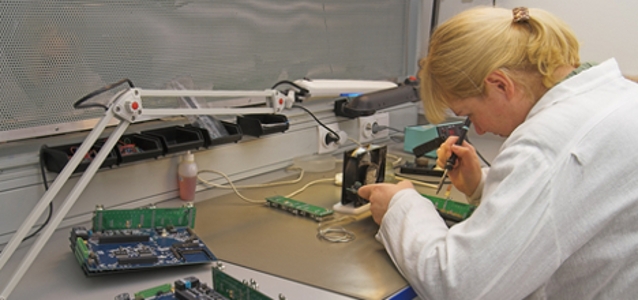
© yury asotov dreamstime.com
Analysis |
Boston bombing to boost video surveillance equipment spending
With history showing that high-profile terrorism events like the Boston bombing can drive increased government spending on security, global sales of video surveillance equipment could exceed the booming growth already predicted for the market.
Worldwide revenue for the video-surveillance equipment market is projected to rise to $20.5 billion in 2016, up a resounding 114 percent from $9.6 billion in 2010, according to IMS Research. Even so, IMS now is in the process of updating this forecast, taking into account recent events like the Boston bombing, which could impact spending and conceivably fuel additional growth.
The attached figure presents the current IMS forecast for the worldwide video-surveillance equipment, a category that includes a broad range of products, including both analog and network video-surveillance equipment and accessories.
“The growth outlook of the video-surveillance industry is subject to significant variances,” said Paul Everett, senior manager, video surveillance, for IHS. “This is because the market is dependent upon the vagaries of several intertwined factors that are difficult or impossible to predict, including economic conditions, government spending and notorious terrorism incidents. While it’s too early to tell exactly what impact the Boston bombing will have, past events—like 9/11 and the London Underground bombings—have led to increased government spending on video surveillance for public spaces, particularly in the transport sector.”
Government funding and legislation play a major role in total video-surveillance spending, even though economic factors are also an important consideration. The U.S. Federal Emergency Management Agency (FEMA) has issued 11 grants for physical-security equipment and video surveillance that have generated millions of dollars of spending.
The banking and retail sectors are also major spenders on video surveillance and have a major influence on overall market growth. For example, as a result of the financial meltdown and economic downturn of 2009, U.S. and worldwide spending on video surveillance declined during the year.
The development of new technologies also is contributing to rising spending on video surveillance. Currently the market is undergoing a transition from analog to network solutions that enable network-based control and the monitoring of security and surveillance. By 2014, the global market for network-based video surveillance will climb to $7.0 billion, surpassing for the first time ever the analog segment at $6.5 billion.
Network systems provide a range of advantages compared to analog.
One major benefit is the use of megapixel security cameras able to capture high-definition images that improve the accuracy of video surveillance and security. Another enhancement is the use of network video recorders and external storage technologies, which make for more efficient and less expensive caching compared to on-site digital video recorders. Furthermore, network video surveillance systems also can be integrated with access control and other non-surveillance technologies for a fully integrated system.



